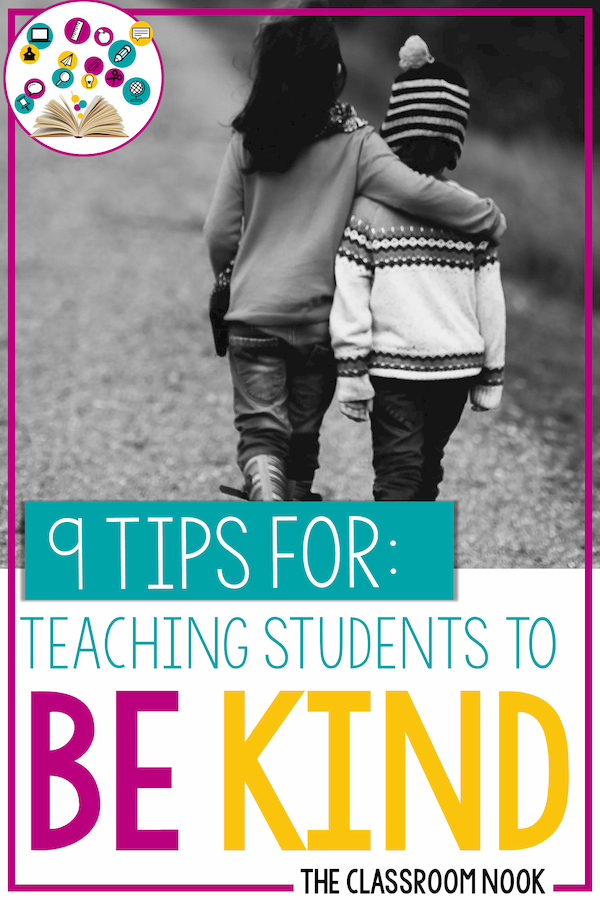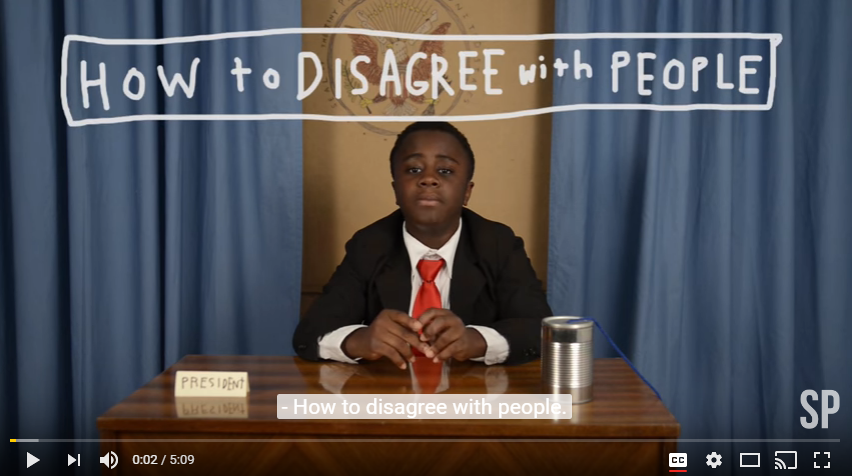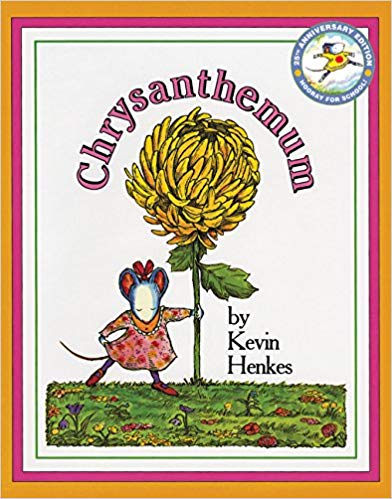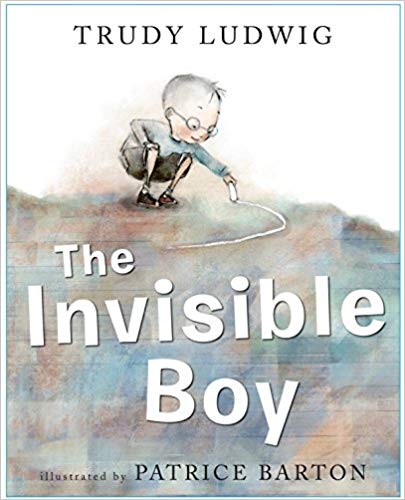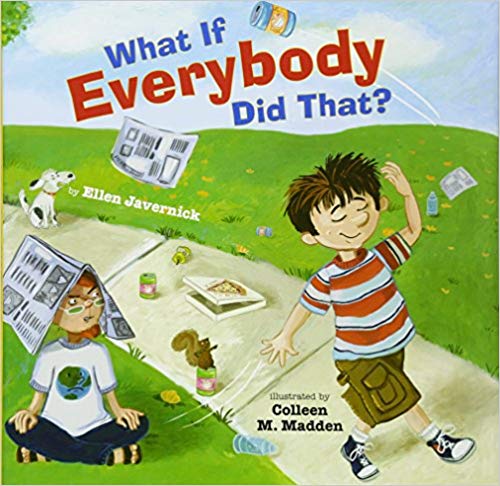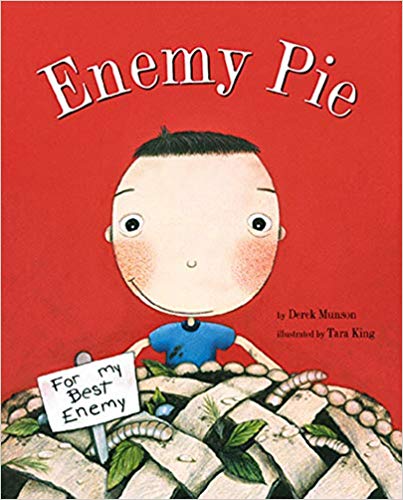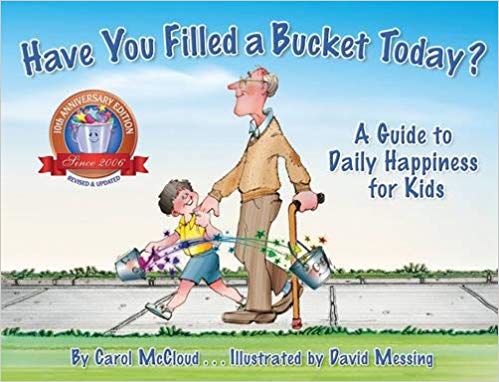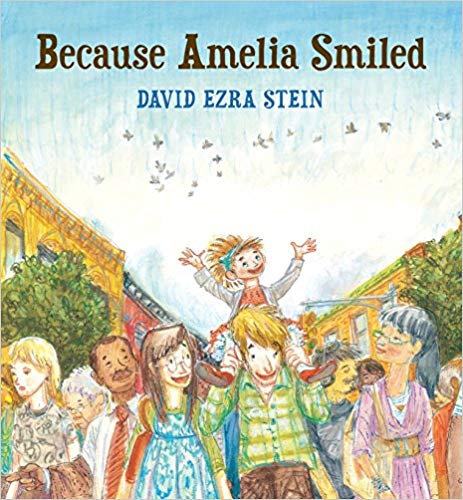9 Tips for Teaching Your Students to Be Kind
Love podcasts? Check out this post in the form of a podcast episode on The Classroom Commute Podcast:
Kindness isn’t just a “nice-to-have” in the classroom—it’s essential.
Every day, our students are exposed to unkind words and behaviors, whether from peers, media, or even adults around them. As teachers, we spend so much time planning lessons for math, reading, science, and social studies that teaching kindness can sometimes fall by the wayside. But fostering empathy, respect, and compassion in our students is just as important as any academic skill—and it’s something we can teach intentionally.
Why is Kindness essential in the classroom?
You can’t run math or literacy centers if students don’t know how to work respectfully in groups. Field trips are a challenge when arguments break out on the bus before you even arrive. Classroom celebrations and events lose their joy if students don’t appreciate the effort you put in. Simply put—it’s hard to teach academics when kindness is missing.
The reality is this: it’s almost impossible to teach a classroom anything until you teach students to be kind.
If your day feels like a constant cycle of refereeing conflicts and putting out fires, there’s little time left for actual teaching.
The solution? Teach kindness first.
This isn’t a one-time lesson—it’s an all-day, every-day practice. Kindness needs to be woven into everything you do, reinforced constantly, and visible in every corner of your classroom. Small reminders, consistent modeling, and daily practice make a big difference.
Ideas for Teaching Kindness in the Classroom
Here are a few practical ways to help your students develop kindness and empathy.
1. Kindness starts with you
Students learn kindness by example. Hold yourself to the same standard you expect from them. Little eyes are always watching! If they see you gossiping, rolling your eyes, or speaking unkindly, that becomes their model of behavior—whether you intend it or not. Be the kindness you want to see in your classroom.
2. Make kindness visible everywhere
Fill your classroom with reminders of kindness. Posters, displays, and student-created artwork all help reinforce the message. When students look around, they should see kindness all around them—every corner, every day.
3. Create a classroom kindness motto
Rituals stick! Just like former talk-show host Ellen DeGeneres used to close her show with, “See you tomorrow, be kind to one another,” you can create a simple end-of-day routine. For example:
Teacher: “See you tomorrow!”
Students: “Be kind to one another!”
Repeat this daily, and soon your kindness motto will become a natural part of your students’ day.
4. Use Kid President videos to inspire kindness
Kid President is relatable, funny, and full of wisdom for students. His videos cover everything from disagreeing respectfully to being a leader, and every message promotes doing it all through kindness. These videos are a fun, engaging way to spark conversations about empathy and positive behavior.
Imagine starting each week with a Kid President video on Monday morning! Play the video, hold a brief discussion, and invite students to share their thoughts. It’s a fun, engaging way to set a positive tone for the week. You can take it a step further by revisiting the video on Friday and having students reflect on how they applied the message in their own lives. This simple routine helps reinforce kindness and empathy throughout the week.
5. Create a shout-out box to promote kindness.

Everyone loves a little recognition! Make it part of your classroom routine by setting up a decorated “Shout-Out” box. Students can write notes to celebrate a classmate’s kind actions. A few times a week, pull a shout-out from the box and read it aloud to the class—watch how it brightens everyone’s day!
6. Teach kindness through literature
Books are a powerful way to spark conversations about kindness. Choose read-alouds that naturally weave empathy, compassion, and respect into the story. After reading, guide students in discussing the characters’ actions and how they can apply those lessons to their own lives. Here’s a starter list of picture books that promote kindness: Click Each Book Cover (affiliate links).
7. Explicitly teach students HOW to be kind.
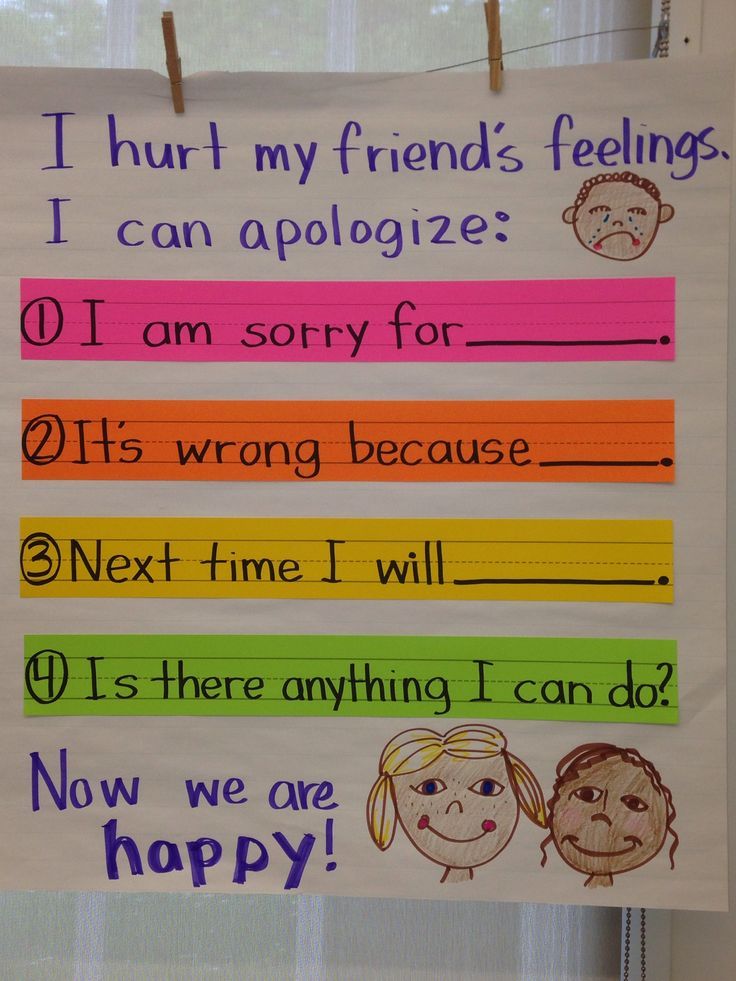
Many students don’t realize when their words or actions are unkind. That’s why teaching kindness explicitly is crucial. Model kind language, role-play scenarios, and provide phrases students can use with each other. Consistent practice and reinforcement help students internalize these behaviors—just like any other skill. A simple classroom poster can serve as a great starting point for reminders.(poster via).
You can also check out my Kindness LINKtivity that provides students with even more instruction on how kindness can make a BIG impact in their life. Inside the LINKtivity, students explore videos, scenarios, and fun interactive activities that help highlight the importance of kindness in everyday life!
8. Create a Visual Representation of Kindness
Help students see their kindness in action with a “Kindness Jar.” Every time someone demonstrates kindness, add a marble or token to the jar. Make it a centerpiece of your classroom and celebrate how the jar fills up over time. The goal isn’t a tangible reward like pizza or free time—the jar itself represents the reward. Kindness is its own reward, and students will quickly learn that being kind is something to feel proud of every day.
9. Create a Bully-Free Environment
If kindness is going to be a priority in your classroom, it’s essential to create a bully-free learning environment. Teaching students what bullying is is just as important as teaching what kindness looks like.
Start with simple, engaging activities:
Bullying vs. Kindness Sort: Have students read scenarios and decide whether each shows bullying or kindness.
Acrostic Poems: Let students create visual reminders of what kindness (and bullying) looks like.
Upstander Action Plans: Guide students in developing a plan for how they can stand up to bullying when they see it.
For an easy way to get started, grab my FREE Bully Prevention Kit, packed with ready-to-go resources that help your students practice kindness and become confident upstanders. It works great during Bully Prevision Month in October, or any time of the year!
